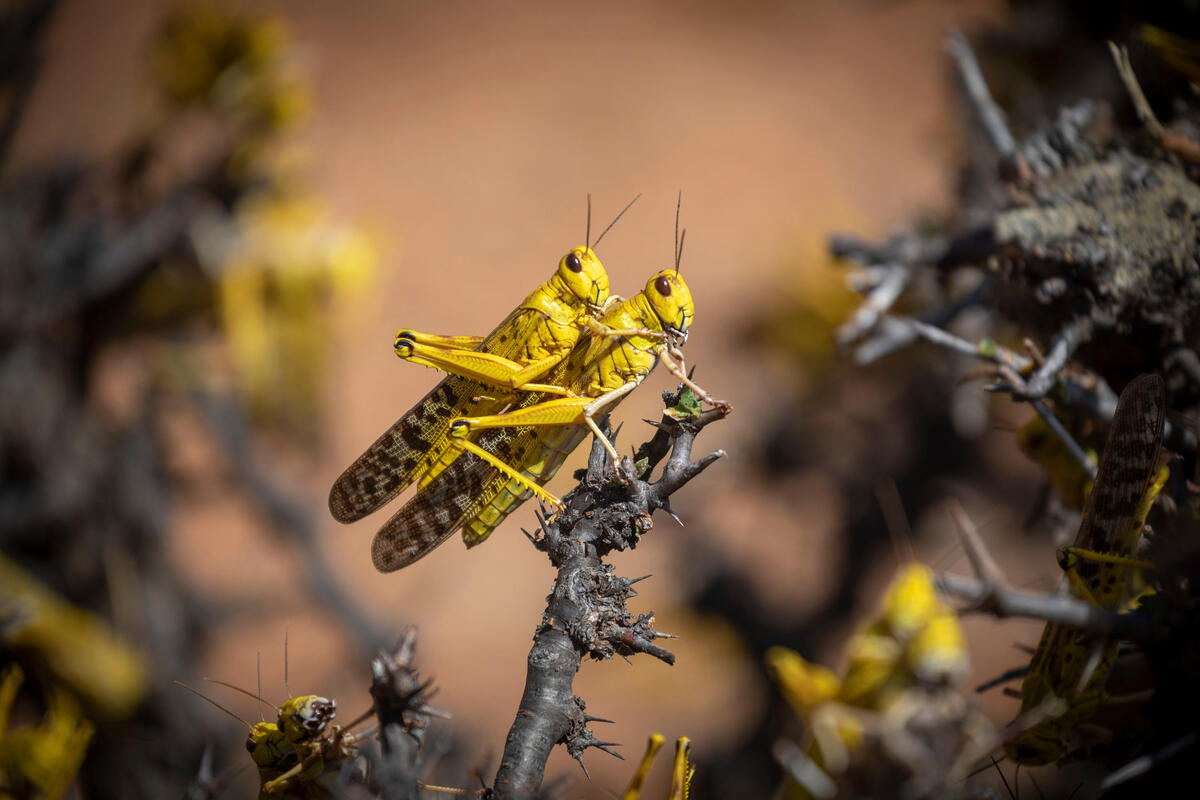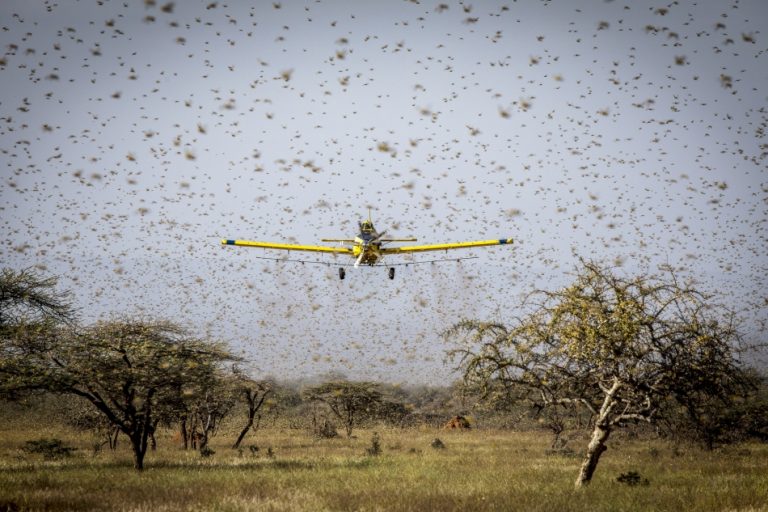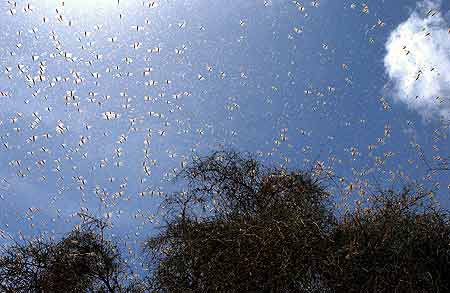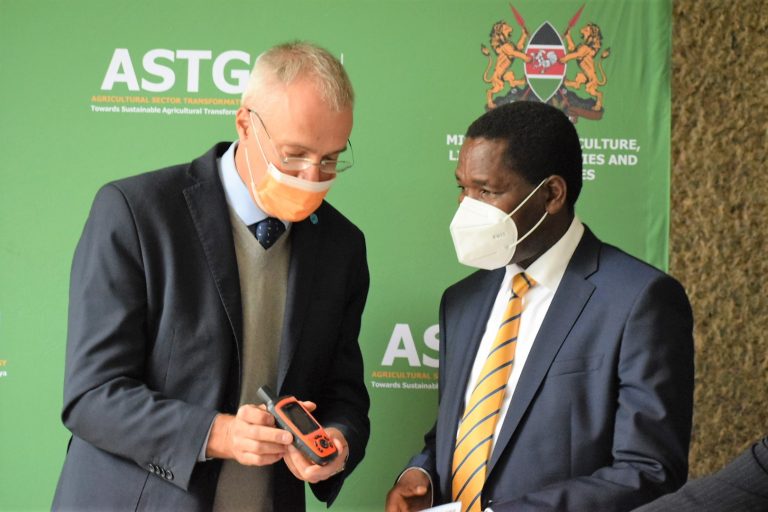The Food and Agriculture Organization of the United Nations (FAO) is calling on countries in Northwest Africa to ramp up surveillance and take swift control measures as desert locust groups and small swarms advance northward from the Sahel into the southern Sahara—the western edge of the pest’s known distribution zone.
Desert locust activity surged between late February and March, with adult locusts and small swarms reaching central Algeria, western Libya, and southern Tunisia. According to FAO, the current spring breeding season has resulted in “significantly larger infestations than usual,” driven by favourable ecological conditions.
Wind and rainfall patterns have contributed to the locusts’ migration from southern Algeria, northern Mali, Niger, and Chad—areas where small groups had been breeding from August through early March. The recent influx into northern and southern areas of the Hoggar Mountains in Algeria and into the Fezzan region in southwest Libya has prompted FAO to elevate the threat level in the Western Region to “caution,” signalling the need for heightened vigilance.
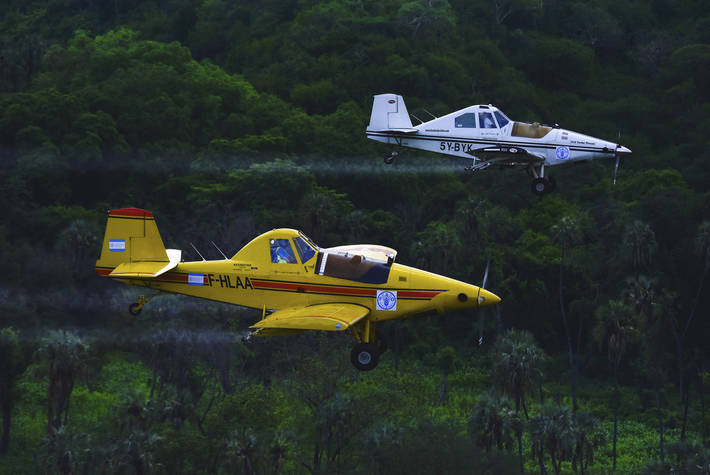
“Surveys and control operations are particularly urgent in locations where winter and early spring rains have created suitable breeding conditions,” said Cyril Piou, Locust Monitoring and Forecasting Officer at FAO. “FAO forecasts since January have said that hatching and band formation would start this month in affected areas. If left unchecked, these bands could develop into small swarms from May to June, increasing the risk to crops and pastureland.”
FAO is advising governments to carry out intensive ground surveys in regions most at risk of locust breeding. Priority areas include regions stretching from south of Morocco’s Atlas Mountains across the Algerian Sahara to southern Tunisia and western Libya—zones that have recently experienced enough rainfall to spur vegetation growth, creating ideal conditions for locust development.
Desert locusts are among the most destructive migratory pests in the world. A single swarm can span several hundred square kilometres, with just one square kilometre harbouring up to 80 million adult locusts, capable of consuming in a single day the same amount of food as 35,000 people.
Early detection and rapid intervention are critical to avoiding a broader crisis, FAO warns. The organization continues to monitor the situation closely through its Desert Locust Information Service (DLIS) and the Commission for Controlling the Desert Locust in the Western Region (CLCPRO).


